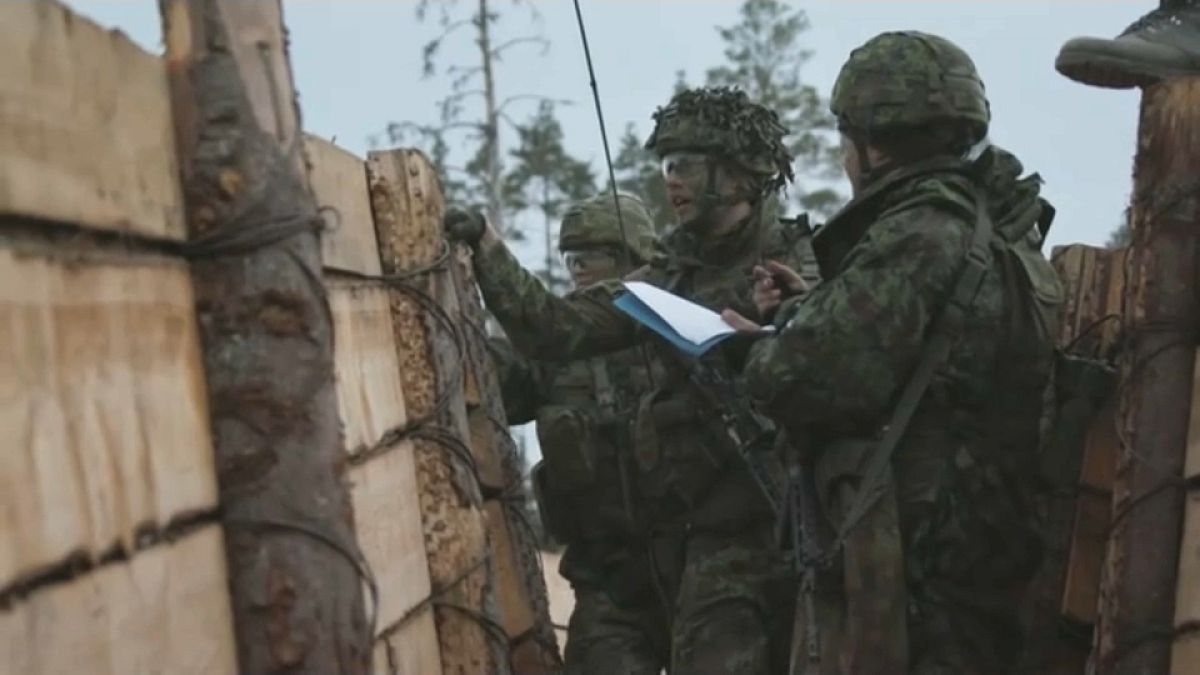The common defence line agreement was signed to block Russian aggression in the region.
The Baltic States have signed an agreement to create a common defence line to reinforce NATO's eastern border with both Russia and Belarus.
Latvia, Lithuania and Estonia were once all part of the Soviet Union but are now part of the EU and NATO and are allies of Ukraine, where Russia launched a full-scale invasion in in February 2022.
The countries' defence ministers signed the document in Latvia's capital Riga. The three believe constructing "anti-mobility defensive installations" will significantly strengthen their borders, as well as deter and block any potential military aggression.
"In the light of Russia`s outgoing aggression against Ukraine. It is very important to continue our cooperation. The Baltic states solidarity must be stronger than ever," said Arvydas Anusauskas, minister of Defence of Lithuania.
His Latvian counterpart Andris Spruds also announced the project:
Analysts at the US Institute of War Studies have pointed out that Russian President Vladimir Putin has recently heightened Kremlin initiatives that might provoke future escalations against the Baltic states.
"Russia's war in Ukraine has shown that in addition to equipment, ammunition, and manpower, physical defensive installations on the border are also needed to defend Estonia from the first meter," Estonia's Defense Minister Hanno Pevkur said.
He noted that the purpose of defence installations is to prevent a military conflict in the region.
"We are undertaking this effort so that the people of Estonia can feel safe, but if the slightest risk emerged, we would be ready for various developments more promptly," Pevkur added.
Estonian bunkers along Russian border
As part of the 'Baltic Defence line,' Estonia will build hundreds of bunkers on its border with Russia.
Acknowledging that no defence line is impenetrable, Chief of the Operations Department of the General Staff, Tarmo Kundla said the Ukrainian experience has shown the necessity of building shelters from concrete and installing them early, rather than creating them from earth and logs in a war situation.
The concept of defensive installations is based on the decisions made at the NATO Summit in Madrid which emphasised that allies must be ready to defend the territory and new regional defence plans must be developed.
The building process will be carried out in cooperation with local communities and with the agreement of landowners. The price of the Estonian defence facility is initially estimated at €60 million.
The first bunker will be completed in the first half of this year and the public will see it in the second half of the year.
